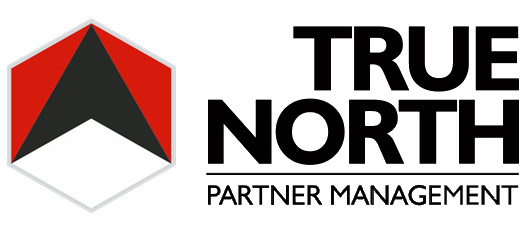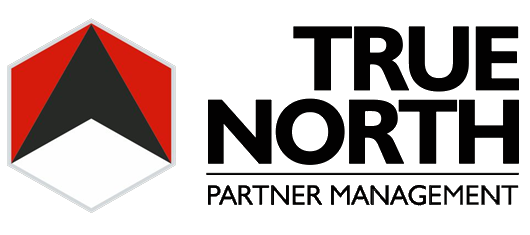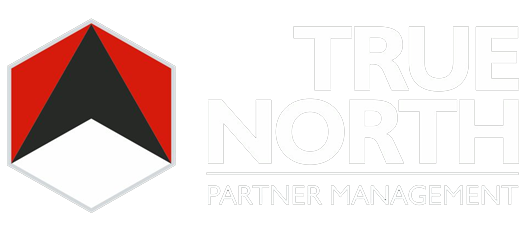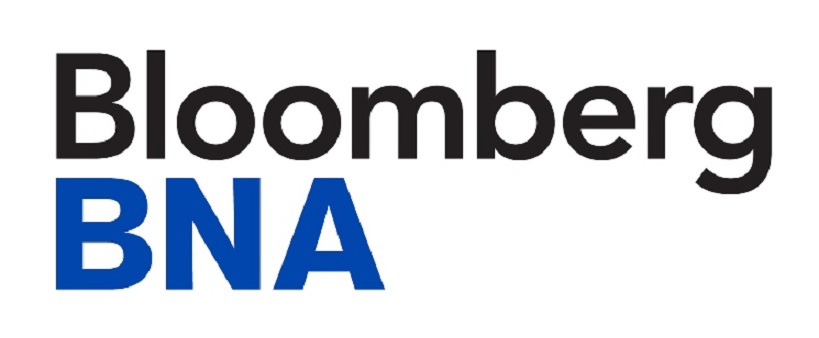The following post originally appeared on Forbes | July 27, 2015
Bloomberg BNA launched their inaugural Big Law Business Summit on July 15th. With speaker’s ranging from David Leitch, Ford’s group vice president and GC, to industry icon H. Rodgin Cohen, Sullivan & Cromwell’s senior chairman, to Jennifer Daniels, CLO & Secretary of Colgate-Palmolive, the strength of the lineup waxed more centennial than inaugural. Below are six of the more important themes of the day:
Globalization And Regulation
David Leitch (Ford) pointed to globalization as being the most significant pressure on BigLaw, today. And while we know that the regulatory environment is becoming more complex, Ann Klee, General Electric’s VP of environment, health & safety, noted that the enforcement of those regulations, globally, has become much more “aggressive.” To better navigate this reality, both Ford and GE have (respectively) set up global centers of excellence that are sharing information across borders to better optimize workflow, increase efficiency, and strengthen their position on the legal consumption food chain.
GE, in particular, has focused on working with law firms that have demonstrable local knowledge, that can “speak the language,” and have deep relationships in their respective regions, thus allowing them to avoid the need for translators, and, importantly, more effectively navigating regional/local regulations, customs, politics, and relationships. While this may seem less-than-epiphanic, it does double stamp the point that as the global market evolves, a firm’s ability to avoid contaminating regional/local cultures with their own organizational culture – a serious challenge, to be certain – will add a level of differentiation.
Data And Cybersecurity
As you might imagine, cybersecurity was a hot topic. H. Rodgin Cohen pointed to this as perhaps the biggest major threat to the banking industry, and to the U.S., today, suggesting that we, as a country, need a central office dealing with cyber.
Rajesh De, Mayer Brown partner, former general counsel of the NSA, and potential victim of the OPM hack, pressed heavily on the vulnerability of many institutions, including the government. Echoing a sentiment that was made by Roger Herjavec in one of my posts on cyber security, De leaned more heavily toward early detection and eradication, and not just preventing the hacks – a job that is all but impossible if a competent hacker is set on gaining access to your data.
Adding a voice from the complex legal consumer, Terrence Truax, managing partner of Jenner & Block, stated that they are being audited by clients on their security protocols, an event that other firms have been experiencing, and that we will see more of as time passes.
Competition
It is everywhere. Sabine Chalmers, chief legal and corporate affairs officer of Anheuser-Busch InBev, has seen an “explosion” of competition between firms and alternative service providers; a sentiment that was shared by the other panelists.
The competition for talent, in particular – whether in-house or in firms – was a common theme. In the law firms, compensation was a topic for discussion, surrounding the challenge of achieving that balance between competitive pay and the avoidance of a full-blown star system. In-house departments are seeking more organic means in the form of providing for professional-actualization and more agreeable environments. Viacom, for instance, offers their attorneys – and seeks attorneys that will fit into – horizontal and/or upward mobility to better round their skillsets and provide stronger work satisfaction.
Interestingly, the acceptance of – or, perhaps more accurately stated, the admittance of – competition between in-house departments and law firms was unilateral: the entire panel of in-house leadership did not see law firms as competition. However, Roger Meltzer, DLA global co-chairman, does view in-house counsel as competition – a sentiment I’ve found to be widely held among law firm leadership.
While Viacom, Citi, and Ford openly stated that they have no aspirations to bring big litigation or transactions in-house – though, Citi has a focus on building their internal litigation group – in general, these in-house departments (and others) (i) continue to pull work from firms by bringing it inside, or through unbundling and division and dissemination, and (ii) continue to hire away from law firms by offering various enticements that law firms just can’t: More upward and horizontal mobility, stock options, a better life balance, etc. And while I am not condemning this shift – it is a sign of healthy evolution in the industry – in light of it as a reality, I can see where mutual ownership of a competitive relationship isn’t taking hold.
Innovation
We knew that ”innovation” would be front and center at the Summit. In-house departments are looking for true and unique creativity from law firms, and this doesn’t just mean AFAs or discounts. As we will talk more about shortly, they are looking for “business partners,” not just lawyers, or even “trusted advisors.” Things like training of their in-house attorneys, secondment initiatives, shared technology, shared data, shared risk, etc., rang time and again during the panels.
Only mentioned twice (that I heard), but piqued interest was the buzz term “doing less for less;” i.e., getting the same results, but also reducing the scope of the job, and getting it done with less effort and in less time. To do just this, Jenner & Block has been very focused on internalizing, perfecting, and effectuating project management as legal work continues to unbundle. And while project management might not be bleeding edge at this point, the firms that truly get this down will have a significant advantage in this ever-unbundling market.
Like many other firms, Jami McKeon, Morgan Lewis chair, has her firm working under the assumption that excellence of work is just the price of admission at this point. So they’ve been focused on building a “culture of creativity” to better differentiate themselves. A part of this involves applying innovation to their client relationships, doing things such as joint recruiting efforts, or partnering with clients for pro bono work, for example.
Kim Koopersmith, Akin Gump chair, has her firm focused on technological innovations. They’ve set up what is, in essence, an internal Facebook program that allows the firm to share information across practice areas and geographies. This allows them to, for instance, aggregating answers to previous asked-and-answered questions to make the firm more efficient.
Seth Zachary, Paul Hastings chair, has deployed joint training programs and industry training panels to better educate their clients, both a part of a client-focused program they follow.
Other areas of innovation include online auctions, which are becoming more frequent, efficient, and effective. Anheuser-Busch InBev, for example, has been using e-auctions for some of their IP work. Bob Harchut, VP and AGC of GlaxoSmithKline, is using reverse auctions more and more. He was quick to note, though, that they don’t always choose the lowest bidder. They are looking for that sweet spot between quality, a demonstrable understanding of what needs to happen with the matter, and price. Further, GSK hired a director of alternative fee analytics, helping turn approximately 80% of their matters into value-based fee arrangements.
Redefinition Of The lawyer
The in-house panel unanimously agreed: They now sit at the business table. While an exciting advancement for the legal profession in general, this does pose a real challenge for law firms. Where there used to be an asymmetry of information that benefited private practice, this imbalance is shifting toward in-house counsel, who are evolving from simply being great attorneys to being great attorneys with industry expertise and strong business savvy.
While the term “trusted advisor” was common throughout the summit, importantly, there was more of an interest in finding “partners.” In other words, in-house counsel is increasingly looking for a very balanced combination of good lawyering, strong business savvy, industry knowledge, and risk sharing. Hitting the nail on the head, Martha Mazzone, sr. VP and deputy GC of Fidelity Investments, sought to draw a distinction between the 21st versus the 20th century lawyer, and to better understand what constitutes success. While I am paraphrasing, she said that being smart, having experience, and being a trusted advisor isn’t enough; you need all of that, and you need to be much more efficient, quicker bringing work to market, better at reducing business disruption, shifting from reactive to proactive, paying closer attention to cost efficiency, etc.
Law Firm Capital
Last but not least, we have the raising of capital. Though Roger Meltzer was the only leader to voice concerns about this, I found/find it to be a very important subject.
When you look at law firms, generally speaking, both on a balance sheet basis and a P&L basis, they are pretty good candidates for a leverage buyout. The issue remains, will the law firm stakeholders – that is, your partners – allow you to put in a layer of capital that won’t be the equivalent of a profit share, but which gives an institution lending money – or providing a preferred instrument or something like that – a rate of return that people find acceptable. And will one actually be able to redeem it and provide the same kind of returns to one’s partners that are necessary in order to keep the culture together, the glue together, all the things that remain important, and to be able to also do the lateral recruiting that one needs in order to drive additional revenue growth, and capture more of the demand – which is relatively flat – than you, or a law firm, has been able to capture in the past. ~ Roger Meltzer
When you talk about innovation, expansion, the saddling of risk, management duties, and recruitment and retention, you are talking about things that (i) not only require capital – which, in a law firm, is money out of the partnership’s pocket – but also (ii) take time away from a law firm’s primary source of capital: the billable hour. Neither of these things are particularly attractive to much of the BigLaw population. Sure, law firms fund pools of capital and engage in “management” duties, but the process resembles, only slightly, that of their corporate counterparts.
Meltzer believes that the capital won’t necessarily come from the traditional banking system, but may very well come from the shadow banking system. DLA, a firm that knows very specifically what its strategy is – to be a “global elite” – knows full well the need for more capital and the challenges that surround raising and spending it effectively, all too well. And this will become, I believe, a more visible challenge as the industry evolves and the firms continue to grow into more corporate-like entities.
Email: [email protected] Twitter: @davidjparnell
Books: The Failing Law Firm: Symptoms And Remedies; In-House: A Lawyer’s Guide To Getting A Corporate Legal Position



